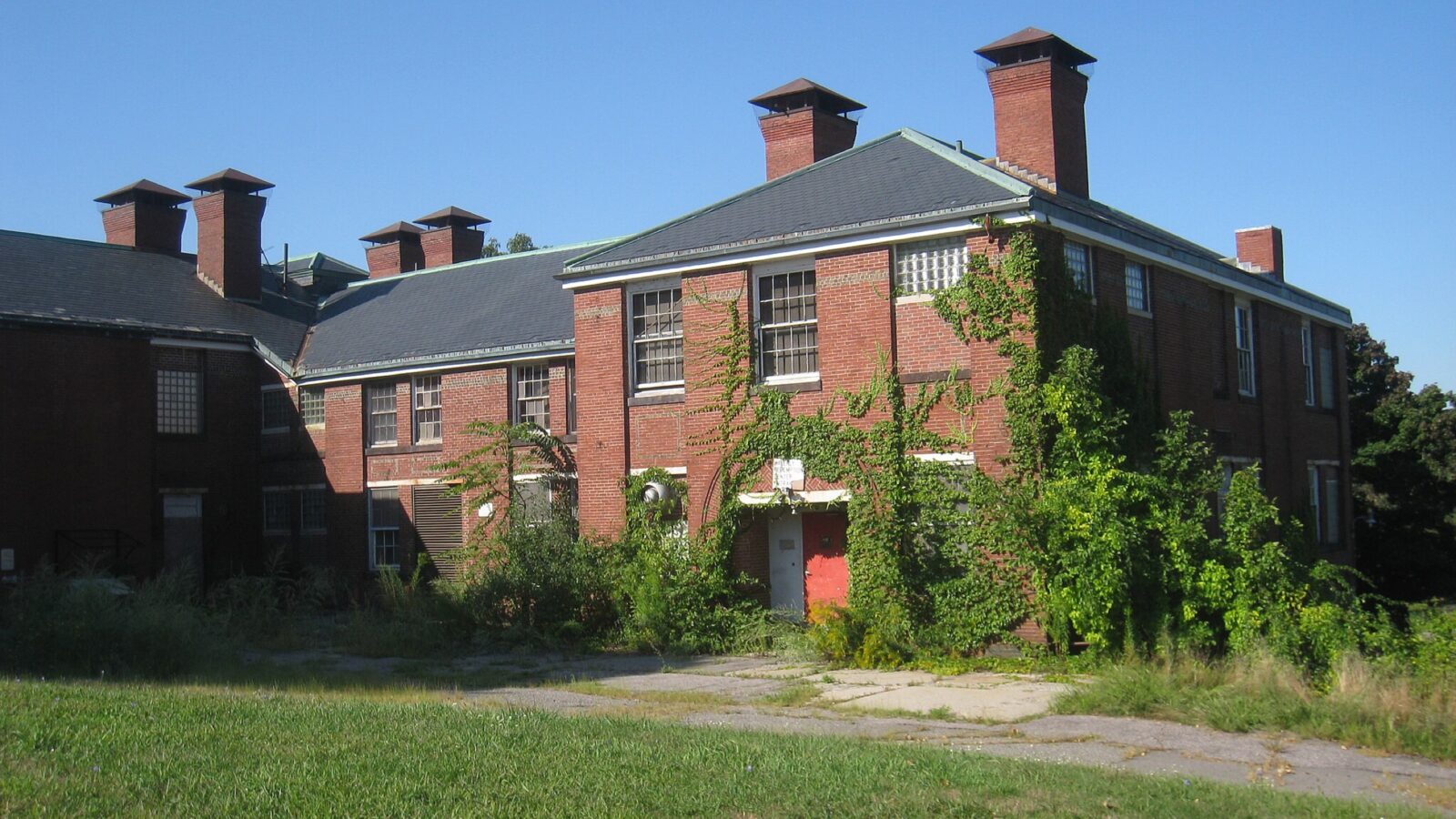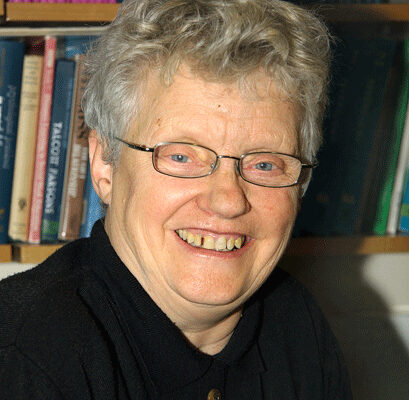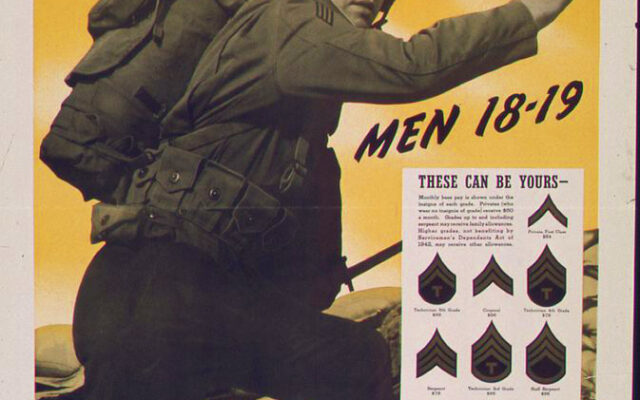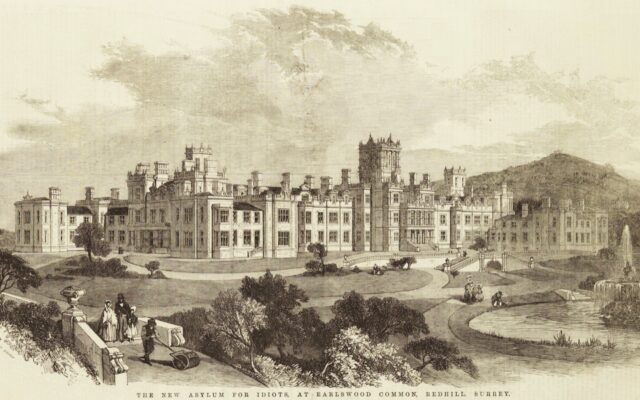What would become known as the Walter E Fernald Develop-mental Center was founded in 1848 as the Massachusetts School for the Feeble-Minded. Its original aim was to train society’s supposedly “untrainable” children so they could go on to lead productive lives.
The centre’s purpose shifted with the spread of eugenics. Eugenics was based on the concept of inheritance, and the belief that nations needed to breed “good” traits into their populations while breeding out the “bad”, just as with livestock.
Those who had previously been seen as potentially capable of contributing to society were recast as unsalvageable. Most dangerous were those labelled “high-grade defectives”, later “morons”, who appeared “normal” so were free to breed and pass on “defective” traits.
Inspired by eugenics and aided by the publication of the deeply flawed Stanford-Binet IQ test in 1916, Massachusetts, like many American states, began seeking out and testing potential “morons” in the general population, and segregating them indefinitely in institutions such as Fernald.
In practice, the centre was soon flooded with orphans, children from poor or unstable families and those considered delinquent.
By 1949, 150,000 Americans were institutionalised, around 12,000 of whom were considered to be of “relatively normal intelligence”.
At Fernald, inmates were met with brutality and coldness by the overworked and under-qualified staff. Sexual, verbal and physical abuse, from both other inmates and staff, was rife and went largely unpunished. Conversely, the penalties for children who transgressed, whether by stealing, escaping or simply talking at the wrong time, were severe.
When resentment at the unfairness and hopelessness resulted in 15 boys taking over and largely destroying ward 22, they were sent to the infamous Bridgewater State Hospital for the Criminally Insane. Only seven were allowed to return.
Inmates were left largely uneducated, and the “brighter” children were often required to provide free manual labour to bolster the centre’s income. No matter how bright or well behaved, all of Fernald’s inmates were there for an indefinite stay.
The brighter children often had to provide free labour to raise income. No matter how bright or well behaved, all inmates were there indefinitely
Clemens Benda, the head of Fernald’s medical laboratory, regularly used Fernald’s captive population in his experiments.
In 1949, he teamed up with the Massachusetts Institute of Technology to investigate how the body absorbs cereals and nutrients.
In a study partially funded by Quaker Oats, some of the brighter boys were invited to join the prestigious-sounding Science Club.
They were fed a special diet then rigorously tested to determine its effects. Club members received extra food as well as gifts and went on special trips, and were told they were engaged in vital work for the good of mankind.
What the boys and their parents were not told, however, was that they were being fed radioactive isotopes with their oatmeal, in just one of a series of human radiation experiments that were taking place in state institutions across America.
These boys and hundreds of others like them were eventually freed from Fernald by policy and funding changes in the late 1950s.
Under-educated, traumatised and unprepared for life outside, many struggled. Some kept their time at Fernald secret. Others battled to receive recognition of the abuse they had suffered during their unfair confinement.
Compensation came at last in the 1990s, when the Advisory Committee on Hospital Radiation Experiments came to investigate what went on in the Science Club.
While the levels of radiation were low and believed not to have harmed the boys, it was acknowledged that the experiments were “morally troubling” due to a lack of informed consent and the “unfairness” of selecting institutionalised children who already had such difficult lives.
An apology from the institutions was not forthcoming, but club members did eventually receive some financial compensation.
Fernald closed in 2014.
D’Antonio M (2005) The State Boys Rebellion: the Inspiring True Story of American Eugenics and the Men Who Overcame It. Publisher: Simon and Schuster





